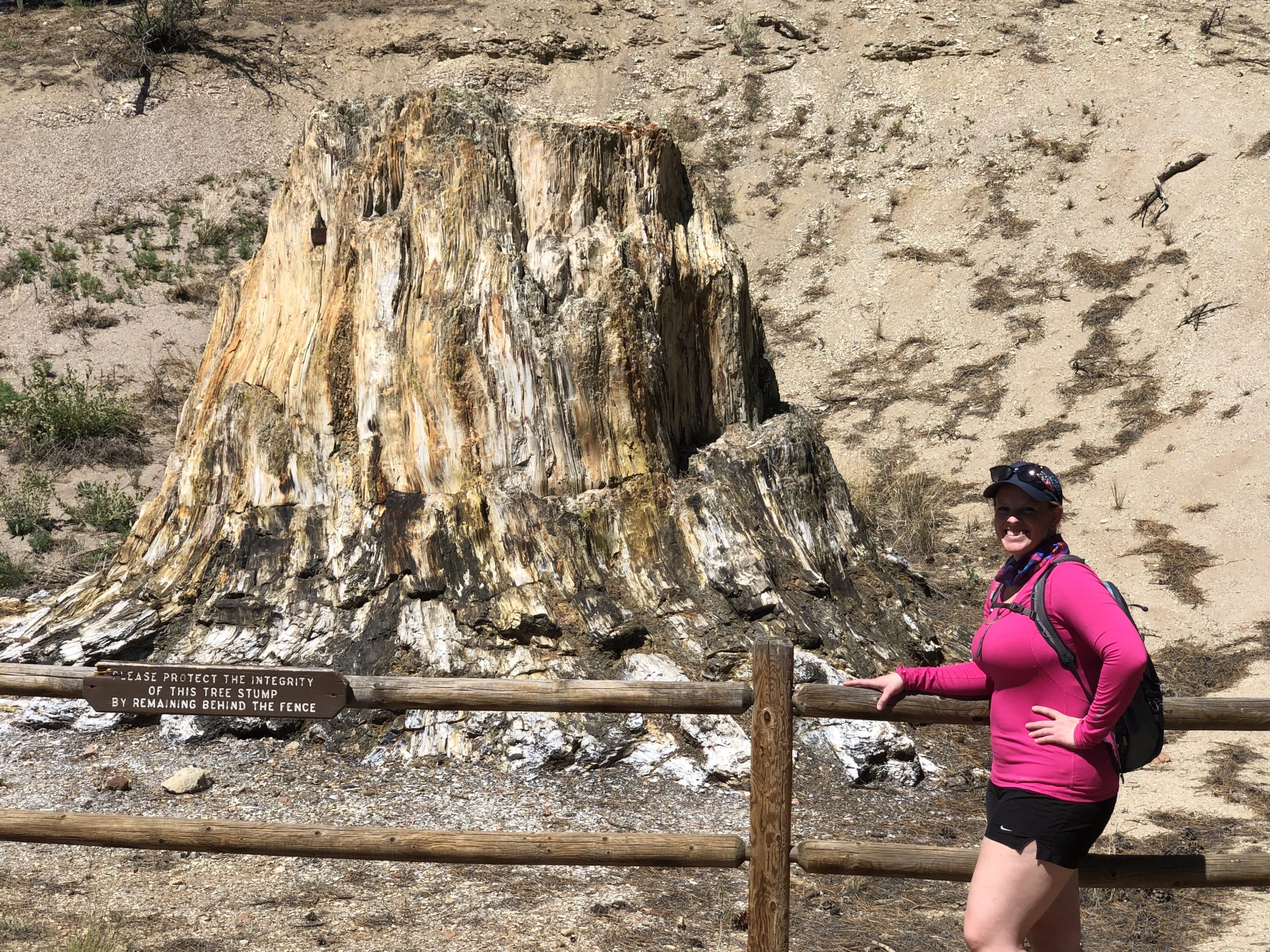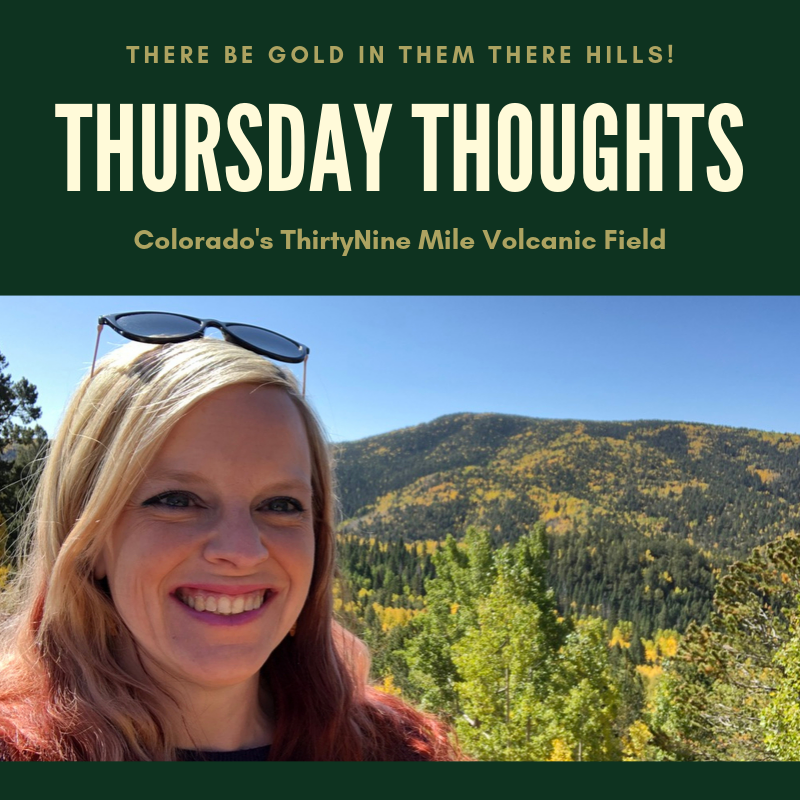Florissant Fossil Beds: A Window to the Past
A low mist hovered over the calm waters of Lake Florissant. The sun rose higher in the sky, bathing the world in gold light. Shorebirds crooned as they stretched their wings and splashed in the reeds. Fish bobbed to the lake’s surface, snatching water bugs off of the surface for breakfast. An opossum scurried through the underbrush. Redwood trees towered over two hundred feet into the air; their green leaves seemed to scrape the turquoise sky. Steam curled from the volcanic peaks that rimmed the valley. But the early morning calm would be shattered when the earth exploded with volcanic chaos. Thick ash blanketed Lake Florissant and raging lahars finished the job. This eruption—one of many in central Colorado—would create and preserve the monument we now know as Florissant Fossil Beds.
Exploring Wheeler Geologic Area
Wheeler Geologic Area was created from the fallout of Earth’s largest explosive eruption. When La Garita Caldera exploded millennia ago, it deposited 1,200 cubic meters of volcanic material throughout the state of Colorado. The Fish Canyon Tuff, as it has come to be known, can most easily be seen here at Wheeler Geologic Area. Nestled deep in Colorado’s San Juan Mountains, the tuff here has been well preserved over the years due to the surrounding valley. Wind and water have weathered the tuff over time, sculpting a dramatic landscape of spires.
Not very many visitors brave the 14-mile service road or 16-mile hike through the volcanic landscape. We not only love to explore volcanoes, but we love to discover the side of them that many people don’t get to see. Five of us began our hike at dawn from Hanson’s Mill, through thick forest and over age-old lava flows. (Catch up on the first part of our adventure here.) With the first stretch of our journey under our belts, we set off to explore the tuff formations at Wheeler Geologic Area.
Dragon’s Eggs
The trail rose steeply as we entered the 640-acre geologic area. Eroded tuff and ash covered the trail. It making it as slippery as a sand dune in places. Forest and foliage had taken root in the ashy soil and pines towered high above our heads. A creek bubbled across the trail and we hopped it, heading deeper into the monument.



